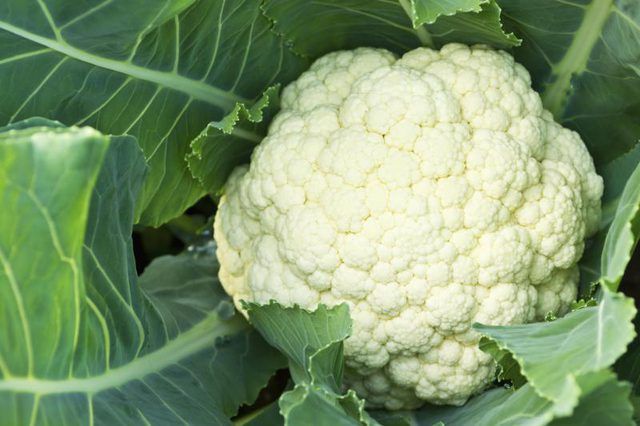Bulbs
Flower Basics
Flower Beds & Specialty Gardens
Flower Garden
Garden Furniture
Garden Gnomes
Garden Seeds
Garden Sheds
Garden Statues
Garden Tools & Supplies
Gardening Basics
Green & Organic
Groundcovers & Vines
Growing Annuals
Growing Basil
Growing Beans
Growing Berries
Growing Blueberries
Growing Cactus
Growing Corn
Growing Cotton
Growing Edibles
Growing Flowers
Growing Garlic
Growing Grapes
Growing Grass
Growing Herbs
Growing Jasmine
Growing Mint
Growing Mushrooms
Orchids
Growing Peanuts
Growing Perennials
Growing Plants
Growing Rosemary
Growing Roses
Growing Strawberries
Growing Sunflowers
Growing Thyme
Growing Tomatoes
Growing Tulips
Growing Vegetables
Herb Basics
Herb Garden
Indoor Growing
Landscaping Basics
Landscaping Patios
Landscaping Plants
Landscaping Shrubs
Landscaping Trees
Landscaping Walks & Pathways
Lawn Basics
Lawn Maintenance
Lawn Mowers
Lawn Ornaments
Lawn Planting
Lawn Tools
Outdoor Growing
Overall Landscape Planning
Pests, Weeds & Problems
Plant Basics
Rock Garden
Rose Garden
Shrubs
Soil
Specialty Gardens
Trees
Vegetable Garden
Yard Maintenance
Can Broccoli & Cauliflower Survive Freezing Temperatures in a Garden?
Can Broccoli & Cauliflower Survive Freezing Temperatures in a Garden?. Broccoli (Brassica oleracea var. italica) and cauliflower (Brassica oleracea) grow during the cool season, growing from seed to harvest size in as little as 65 days. Although both plants can survive a freeze, extended periods of cold can slow growth or damage the plants....

Broccoli (Brassica oleracea var. italica) and cauliflower (Brassica oleracea) grow during the cool season, growing from seed to harvest size in as little as 65 days. Although both plants can survive a freeze, extended periods of cold can slow growth or damage the plants. Waiting to plant until the temperatures are right for the best growth, and providing some protection from extreme cold, keeps the plants healthy and productive.
The Big Freeze
Broccoli and cauliflower can usually survive temperatures as low as 26 degrees Fahrenheit with only minor damage to the leaves. They may survive even lower temperatures if they are acclimated, but usually anything below 26 F will kill the plants if the weather was warmer leading up to the cold snap. Temperatures between 31 and 33 F rarely cause any damage to broccoli or cauliflower, although growth may slow if temperatures remain near or below freezing for an extended period.
A Happy Medium
Cauliflower and broccoli grow best between 65 and 80 F. Broccoli grows well when planted in late winter or early spring for an early summer harvest, or in late summer or fall for a late fall or early winter harvest. Cauliflower is more heat sensitive, so it grows better when planted in mid- to late-summer for a fall harvest. Temperatures above 80 F can cause both broccoli and cauliflower to slow their growth, or they may go to seed prematurely without forming large heads.
Hardening Off
Taking a week to harden off new broccoli or cauliflower transplants in spring makes them better able to survive freezing temperatures. Seedlings started indoors are used to warmer temperatures, so a cold snap in the garden is more likely to damage them if they aren't acclimated. Set the seedlings outside in a protected area, such as on a covered patio, seven days before transplanting. Leave the seedlings outside for only four hours the first day, but gradually increase the time outdoors each day until they stay out all day and night by the final day in the hardening off period. If a hard freeze is expected, bring the seedlings indoors and resume hardening off when the temperatures rise.
Protection Pointers
If your broccoli or cauliflower plants are recently transplanted, or if temperatures below 31 F are expected, you can provide protection to prevent freeze damage or plant death. Planting in a cold frame works, because you can close the glass lid on the frame during freezes and then reopen it when the temperature inside the frame rises above 60 F. For a brief cold snap, place an upturned pot over the plants or mulch around the plants with straw to provide some insulation.